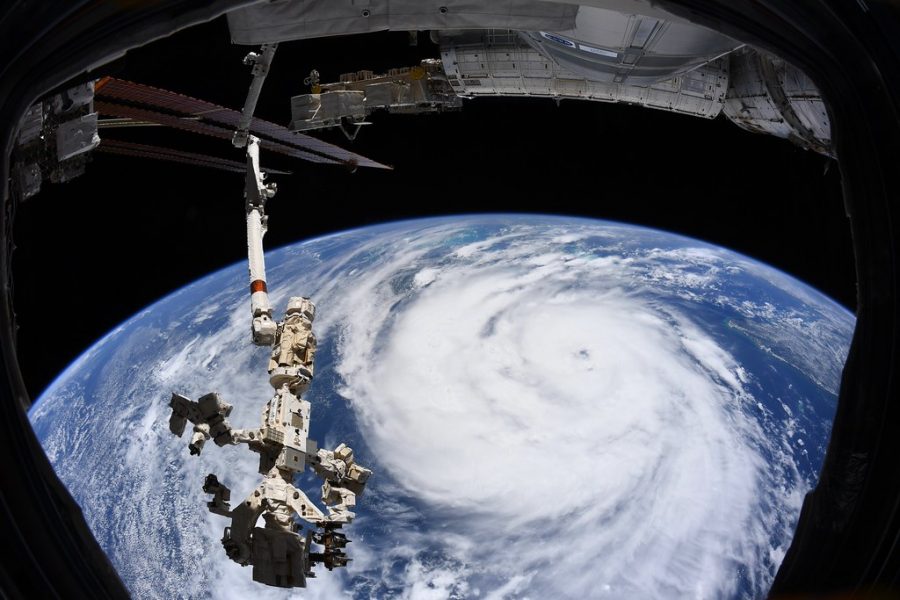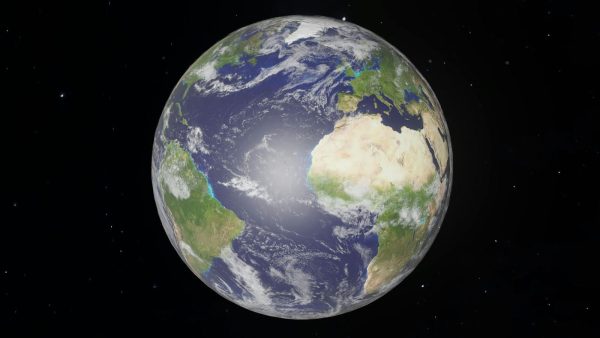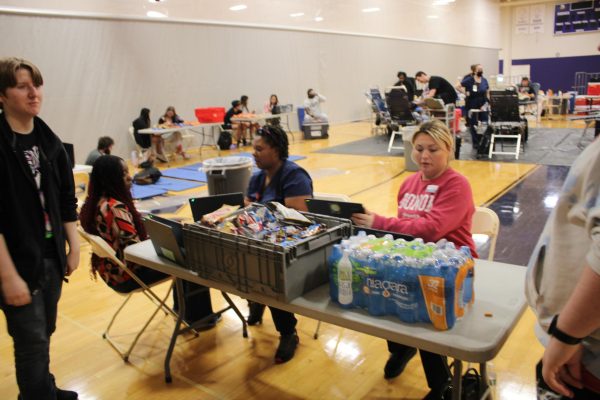Hurricane Ida and the Rising Climate Crisis
Hurricane Ida has made its way up the Northeastern coast of the United States, wreaking havoc wherever it lands. Hurricanes have always been some of the most destructive natural disasters, but with climate change, they will continue to become increasingly more dangerous.
Ida, which made landfall in the Southeastern coast of Louisiana at around 10 p.m. Aug. 29 as a Category 4 hurricane, left over one million people in Louisiana without power, including the whole city of New Orleans. After leaving Louisiana, Ida was tracked going northeast towards Mississippi and Tennessee.
“We lost power overnight, but it came on the morning after. And all of Nola [New Orleans] lost power when a major power line fell into the river,” said Louisiana native JoAnn Oby, who lives right outside of Baton Rouge.
Causing nearly $90 billion in damage, Ida was one of the most destructive hurricanes the U.S. has seen in past years and “one of the most catastrophic hurricanes” according to FEMA. Its effects were seen as far north as New York, killing 47 in the state.
There is a good chance that future hurricanes will be even more costly, due to rapid intensification caused by climate change.
Rapid intensification is an event where a tropical cyclone’s wind speeds and size increase in a small time range. According to the National Hurricane Center, the action of rapid intensification is occurring when an increase in the maximum sustained winds of a tropical cyclone of at least 30 kt in a 24 hour period.
This phenomenon happens when water temperatures are high, around 86 degrees, and deep enough to keep cool water far below the surface. With ocean temperatures rising every year, it will continue to get worse unless our climate crisis changes.
“All hurricanes are fueled by the heat of the ocean, and that stretch of ocean had not seen hurricanes in several years, so when Hurricane Ida came through that area, it went from a Category 1 to a Category 4 in just a few hours,” Environmental Science teacher Dr. William Bowman said. “In fact, it almost reached Category 5. The reason for that is because that area of the ocean was so warm and stored up so much energy that the hurricane could gain power over a short period of time.”
The world’s climate crisis has been, and still is, getting more serious every year. It will get progressively worse as the years go on, especially if world leaders and officials do not take action as soon as possible.
“The most immediate thing [we] can do is vote for politicians that believe in climate change,” said Dr. Bowman.

Hi, I'm Devin Bailey. I'm a sophomore this year, and this is my second year in Newspaper. I like to listen to music and learn new things. I'm excited to...

















